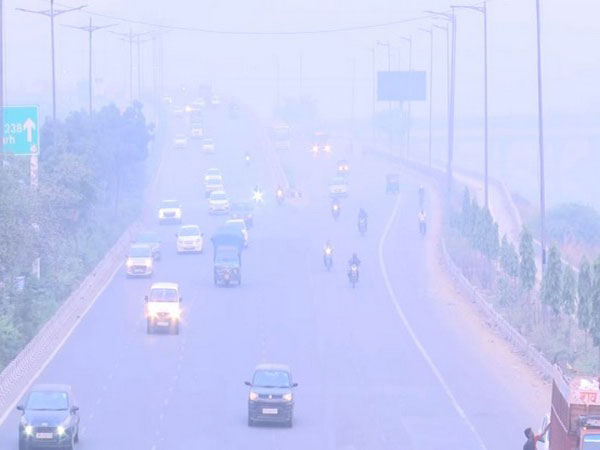As thick smog shrouded the entire national capital region and its neighbouring cities after the air quality continued to remain in the ‘severe’ category, IIT Kanpur, which has been working on cloud seeding technology, said it has its own aircraft for the purpose and is fitted with flares that are needed to form such artificial rains.
Manindra Aggarwal, Professor in the Department of Computer Science and Engineering at IIT Kanpur and leader of the project, stated that IIT Kanpur has its own aircraft which is currently fitted with flares for cloud seeding.
“And it was also approved by DGCA. Through this, we can do cloud seeding anywhere. As far as the Delhi government is concerned, we have received some phone calls from the Delhi government,” Aggarwal said.
Also, he said they have been working with the Confederation of Indian Industry for the past two months on how and when they should go about it.
“CII office is very active and is coordinating with both the Delhi Government and Central Government,” the IIT Kanpur professor said, without divulging any details on when they are planning for actual cloud seeding in the national capital region.
Further, asked whether cloud seeding was a permanent solution, he explained it is alike natural rains and helps in settling down suspended dust and particulate matters present in the environment. He suggested action should be instead taken on the actual sources of pollution.
“When it rains through cloud Seeding, the dust particles get washed away with the water, thereby making the environment free from pollution, but unless we take action on the sources of pollution, pollution will occur again. Therefore, control of pollution through cloud seeding is temporary which lasts for one week to two weeks,” the professor said.
He also contended that Delhi being a large city, would not be easy to cloud seed in its entirety.
“Delhi/NCR has an area of more than 1000 square kilometres. So to ensure rain there, cloud seeding will be required over a large area. Now it depends on which area the clouds are found, it is not necessary that there should be clouds over Delhi NCR. So wherever there will be clouds, we will have to work accordingly, and we have no control over it,” added the professor.
On the cost of cloud seeding, the IIT Kanpur professor, without getting into specifics, said it is definitely a bit expensive but will go a long way in helping reduce pollution for some time.
Delhi Environment Minister Gopal Rai called a meeting of all concerned departments on Monday in view of the increasing pollution. The Delhi government on Monday decided to reintroduce the odd-even rule from November 13 to 20 in view of the concerns of deterioration in air quality. A decision on further extending the odd-even rule would be taken later.
The odd-even scheme of the Delhi government is a traffic rationing measure under which vehicles with registration numbers ending with an odd digit will be allowed on roads on odd dates and those with an even digit on even dates.
The Commission for Air Quality Management (CAQM) on Sunday decided to invoke Stage IV of the Graded Response Action Plan (GRAP) in the entire National Capital Region (NCR) with immediate effect to prevent further deterioration of air quality. The Air Quality Commission said that Stage IV will be implemented in addition to the restrictions placed under Stage I to III.
According to the 8-point action plan, there will be a ban on entry of truck traffic into Delhi (except for trucks carrying essential commodities/ providing essential services and all LNG/ CNG/ electric trucks). Also, a ban will be imposed on the plying of Delhi-registered diesel-operated Medium Goods Vehicles (MGVs) and Heavy Goods Vehicles (HGVs) in Delhi, except those carrying essential commodities/ providing essential services. GRAP Stage-IV restrictions also include NCR and the Delhi government may take a decision on discontinuing physical classes even for classes VI-IX, and class XI and conduct lessons in an online mode.
The air pollution crisis is an annual affair in Delhi. Air pollution levels can be high during the winter months for a number of reasons, including dust and vehicular pollution, dry-cold weather, stubble burning, burning crop residues after the harvest season, and commuting.
Cold air is denser and moves slower than warm air, so it traps pollution and doesn’t whisk it away. This means that air pollution in winter remains in place for much longer than during the summer.
According to doctors, for any healthy person, a recommended AQI should be less than 50, but these days the AQI has spiked beyond 400, which could prove fatal for people. (ANI)
For more details visit us: https://lokmarg.com/
